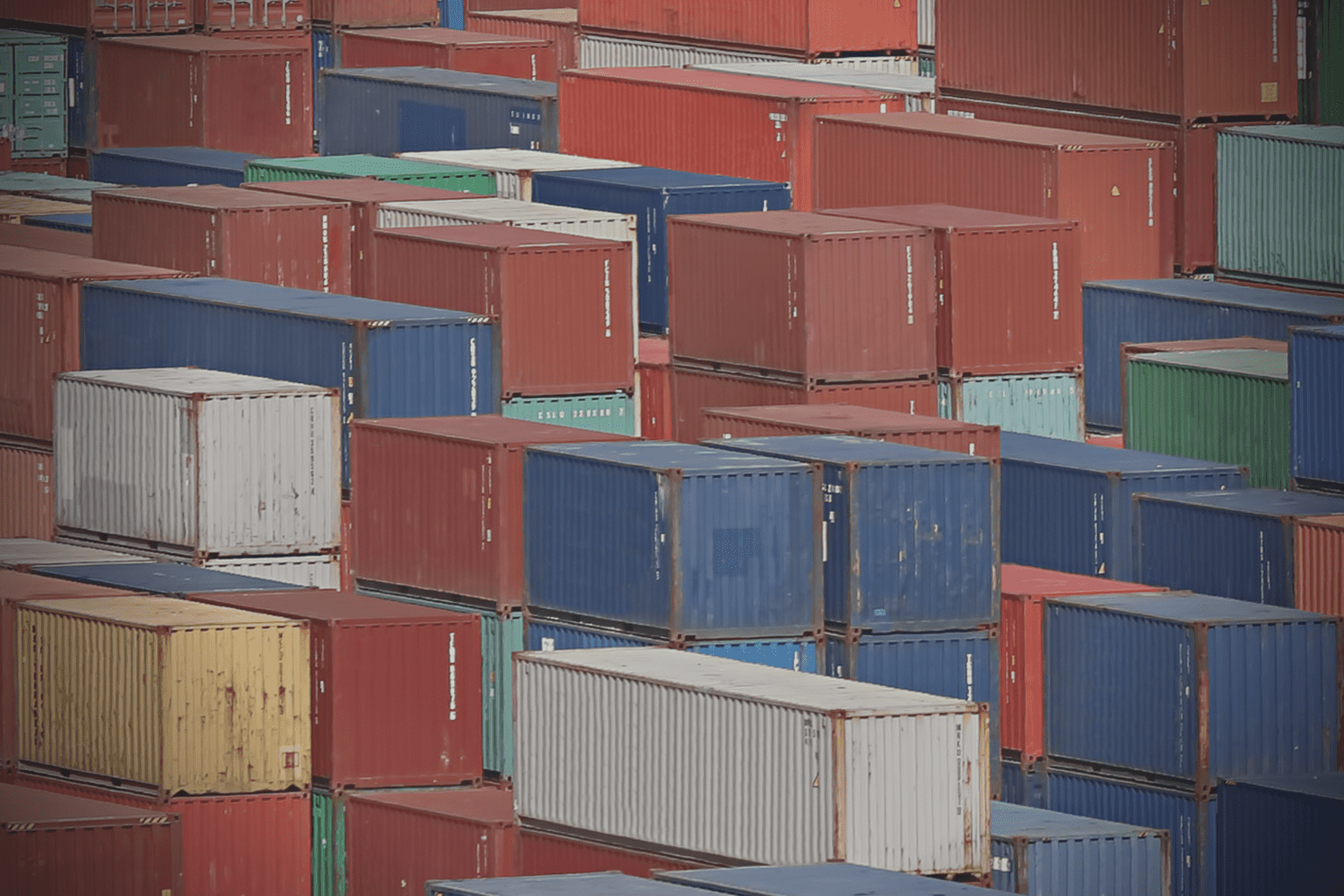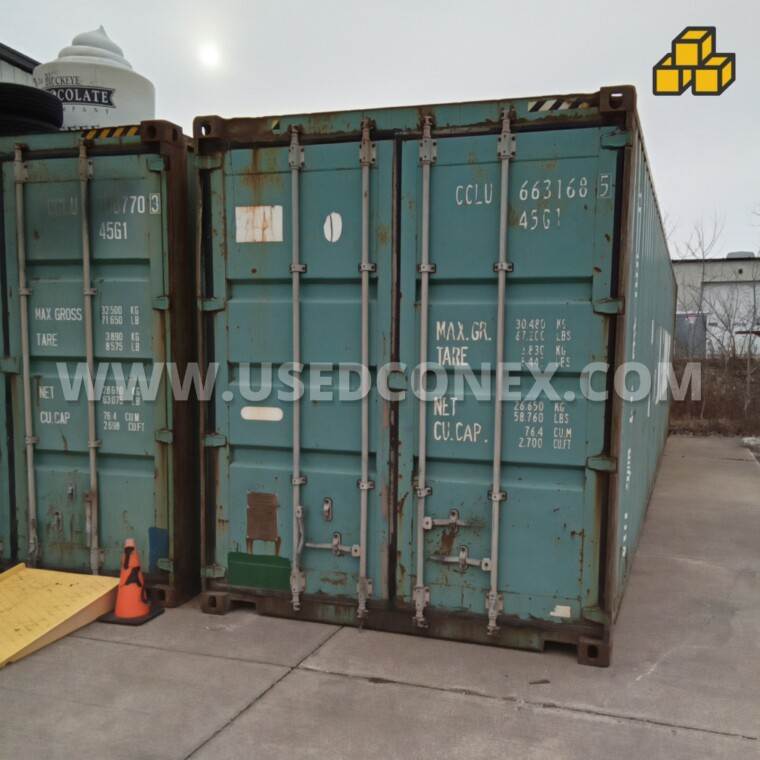
What was used before shipping containers?
What was used before shipping containers?
Prior to the introduction of shipping containers there were various methods used to load and transport goods on ships. The prevalent technique was break-bulk cargo where individual items were loaded onto a ship and secured in place using ropes and chains.
This process required considerable time and labor as each item had to be meticulously packed and secured for damage prevention during transit. Moreover, loading and unloading cargo from ships efficiently was challenging, which could cause lengthy wait times for both shippers and receivers alike.
The transportation of goods by sea can be done in a variety of ways. One method is through bulk carriers, which are designed to move large quantities of loose materials like coal, grain, and ore. Another option is roll-on/roll-off (RoRo) vessels that transport wheeled cargo and vehicles.
While these methods have their own limitations, they cannot match the efficiency, and security offered by containerization. Standardized shipping containers were introduced during the 1950s and 1960s revolutionizing global transportation industry making it more cost-effective in transporting goods via sea routes.

Shipping containers history
The evolution and impact of standardized containers on global trade is a captivating narrative. Prior to their introduction, transporting goods across oceans was an arduous and inefficient task. Today, however, shipping containers are ubiquitous in commerce and play an essential role in sustaining our global economy. Although wooden boxes were employed for railway cargo as far back as the 18th century, it wasn’t until later that containerization became standard practice within maritime transportation – starting from around mid-20th century onward.
In the 1950s, Malcom McLean, an American trucking magnate recognized the need for a more efficient and cost-effective method of shipping goods by sea. He had a vision to create standardized containers that could be easily loaded onto ships, trucks, and trains. This would reduce both time and labor required to load and unload cargo. After years of experimentation and development under Sea-Land Service company’s leadership led by Malcolm Mclean himself in coordination with his team members; finally in 1956 first-ever containerized voyage was launched successfully carrying 58 containers from Newark (New Jersey) all the way down to Houston (Texas). It proved highly successful leading to widespread adoption of containerization throughout global shipping industry.
How were shipping containers standardized?
The standardization of shipping containers played a crucial role in driving global trade growth during the latter half of the 20th century. By allowing for faster and more efficient loading and unloading, containerization reduced both time and cost associated with ocean transportation. They provided enhanced security to transport goods through their ability to be sealed and tracked. Over time, shipping containers have evolved into increasingly sophisticated designs thanks to advancements in materials technology. Today’s steel-made containers come in various sizes – from 20-foot models that cater towards household moves to 40-foot versions suitable for large-scale commercial shipments.
Shipping containers have revolutionized the shipping industry and global trade, resulting in faster, efficient, and economical transportation of goods across oceans. The evolution of shipping containers is evidence of innovation’s potential to create a significant impact worldwide by originating from a single idea..

